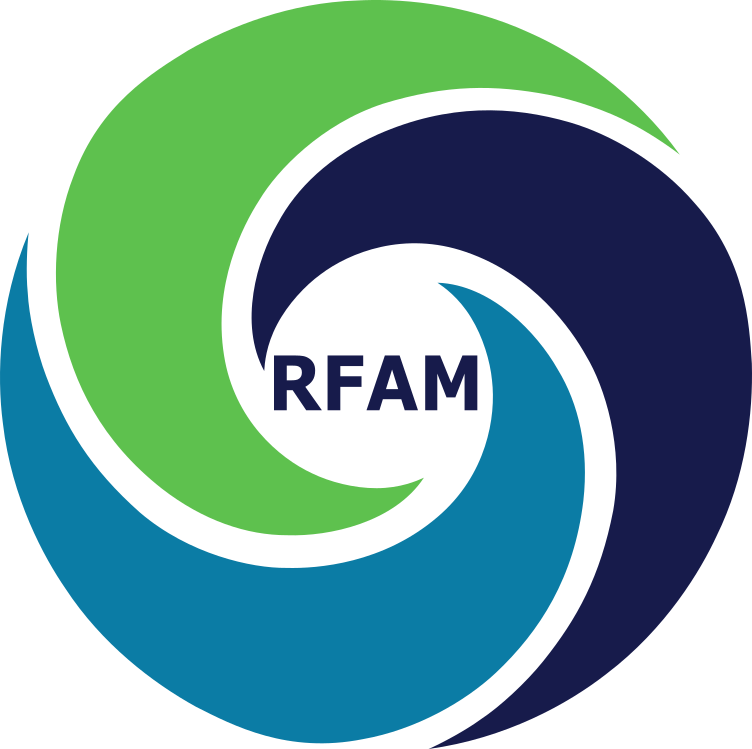Asset Management & Operations
Asset Management ties directly into our regular operations without even knowing. See Diagram below:
Once our inventory is collected then we perform preventative maintenance and work orders on that equipment to make sure it is working and functional. From that we determine the risk of the asset and how much longer we anticipate it will continue to operate. Afterwards we determine an annual budget to validate which assets require repair or replacement. Then new items are ordered and added to our inventory. That is the operation cycle and how it ties into Asset Management. The only difference now is this approach is not always followed or completed with any structure or validation to prove 1. Our current list of assets 2. The work required on them 3. Their risk level 4. When they need to be replaced. A process needs to be put in place to make each step is completed and management can back/validate their request for funding.
Level of Service
Level of Service is broken down into 2 aspects - Technical and Customer. The Technical Level of Service is the actual work required or the maintenance we are completing on our assets (Daily circle checks on all ice resurfacers). Customer Level of Service can be evaluated as what activities, programming or experience we are providing to our stakeholders (providing 4 hours of open ice time to the public/ clean bathrooms for public use) these targets can be used as a commitment to the community and shared publicly and verifying those targets/goals are being reached. An organization will sit down and determine which activities they feel are achievable (Customer Level of Service.) Then Determine metrics on how to measure if they reach those goals and what is required to meet them (Technical Level of Service.)
Risk
Risk is broken down into and evaluated by two categories - Probability of Failure (PoF) and Category of Failure (CoF). PoF means the actual chance of an asset failing on a 5 point scale (Very High, High, Medium, Low, Very Low.) CoF would be the effect or impact of an asset failing and again would be evaluated on a 5 point scale. This will help give staff a better understanding of the current condition/risks assets pose. Probability of Failure (PoF) is inversely related to the condition of an asset. If an asset is in poor condition then the probability of failure is high. Consequence of Failure (CoF) can be broken down into 5 segments (Health & Safety, Operational & Internal Demand, Legal & Regulatory, Financial, & Environmental) each of these segments are based on a 10 point scale with 1 being minimum impact and 10 being severe - once completed for all 5 categories a score can be normalized/averaged out to determine an assets overall Consequence of Failure. Then using the matrix below organizations can determine what there assets overall ranking score is. Drilling down and completing a risk evaluation is a good way to verify and document the rationale for an asset’s overall score.
Investment
Investment is the amount of dollars spent to repair or replace an asset. In an ideal world organizations would first determine the risk, then the level of service required resulting a total budget required to spend. Unfortunately that is not how it works in the real world - we are typically given a budget and told to work backwards - hence why validating and completing these steps is so important to make sure our precious dollars are well spent and nothing is overlooked which could be disastrous. If an organization or departments budget is cut the means less work will be affordable resulting in higher risk of assets and visa versa.
Optimized Decision Model
“You can only pick one.”
It would be great to lower costs, increase level of service and lower risk required for our assets. Unfortunately that’s not how it works. Only one of the three areas of Asset Management can be implemented - and the other two will follow. See image below:
This diagram is extremely valuable when attempting to educate directors, council, boards etc. the impact of wanting to cut costs/budgets or trying to lower risk.




